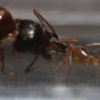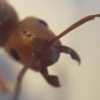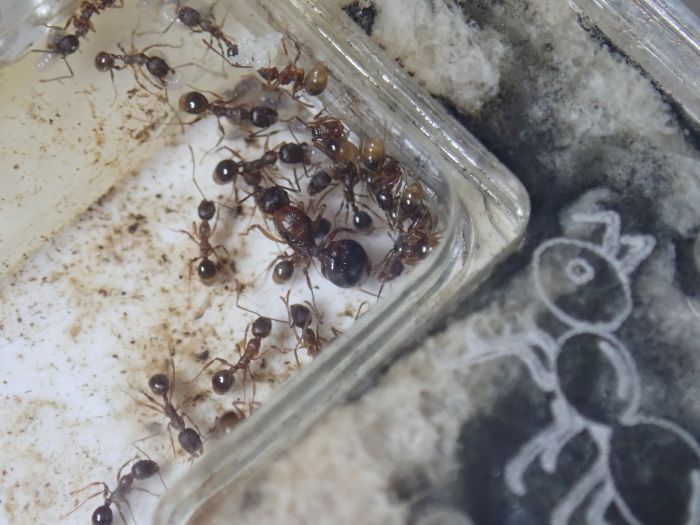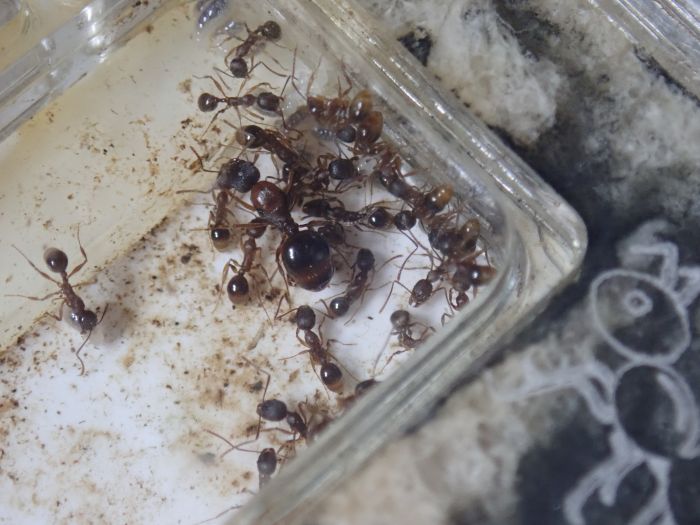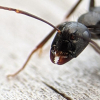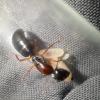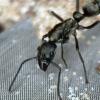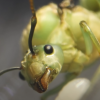I find Aphaenogaster population more abundant in forests away from urban areas. Try checking out a local park. They love to hide near the surface of rocks/logs exposed to the sun.
^^^^ This. I live in the woods, and see them all Spring/Summer long during the day. Usually easiest to spot along the side of the driveway walking in the leaves and such. They are a pretty mobile species, so in the Spring when it's still cool, look under rocks, pieces of wood, etc for them bringing brood up to heat up in the sun. Last summer we were assembling a swing set, and we'd find them a lot in the Spring with random brood in temporary piles under planks and other swing set pieces. You can actually create "traps" for small colonies as well (this article has a study and design on how they did that): https://www.hindawi....he/2012/752815/



